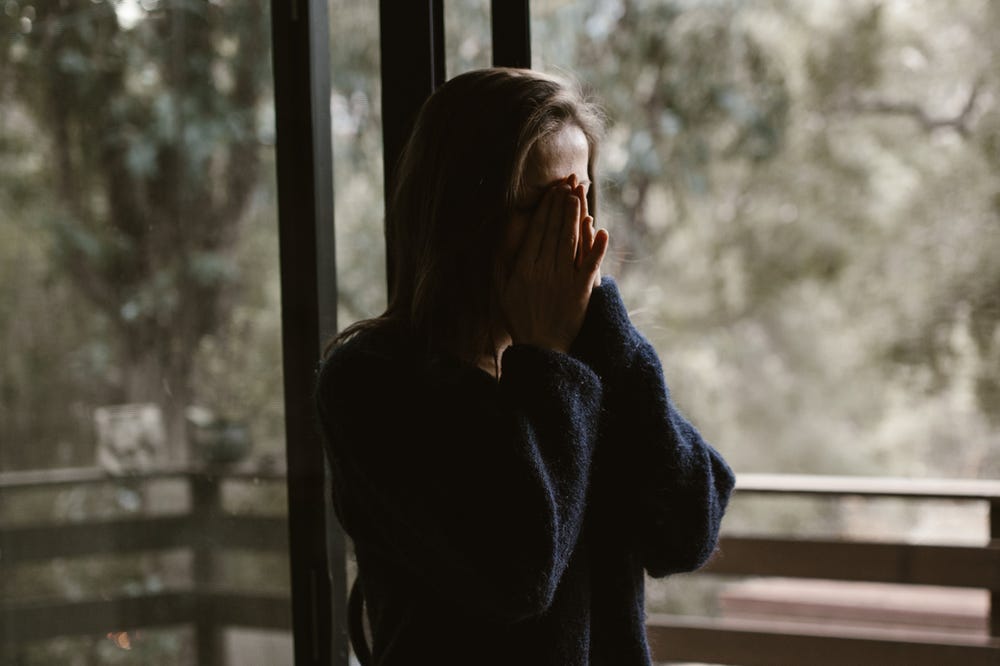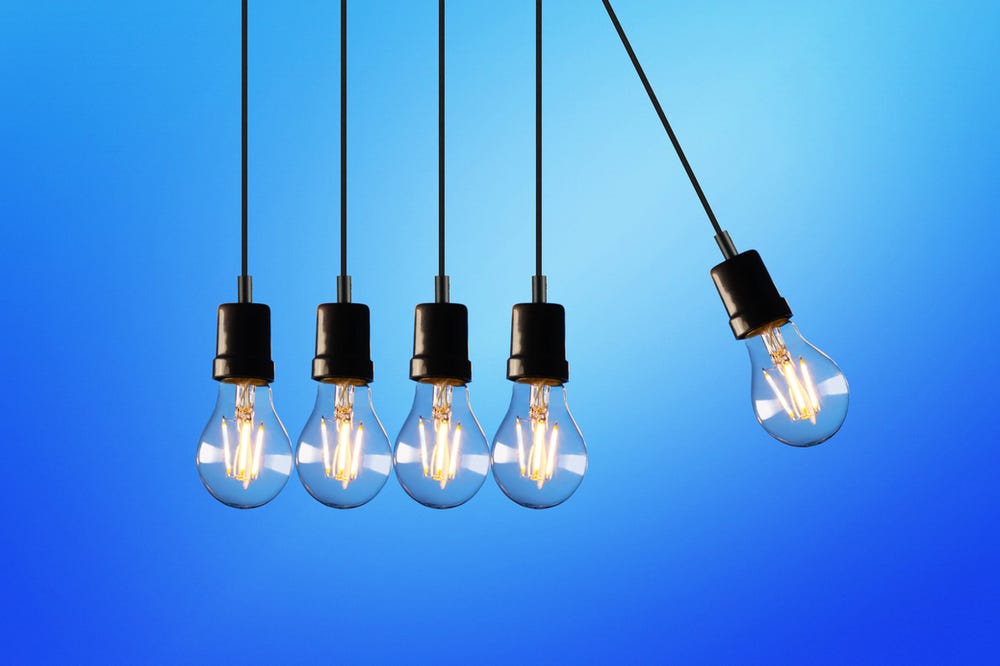What is Seasonal Affective Disorder?
By Meghan Masotti
What comes to mind when you think about light? For me, its light rays through the leaves on my favorite hiking trails. Or how the morning sun sneaks through the blinds in my room, waking me up just before my alarm does. Light feels peaceful in these thoughts, like a constant grounding force. As the northern hemisphere slips into winter, however, it’s a constant many of us are growing to miss. For some, the shortening days signal the approaching winter as sure as the cold and snow.Those who experience a severe decline in mood or develop depression-like symptoms with the changing seasons often have seasonal affective disorder, aptly coined SAD.
The Diagnostic and Statistical Manual of Mental Disorders (the DSM-5) classifies SAD as a kind of depression. SAD shares many symptoms with depression, but are only felt during 4-5 months of the year. These symptoms can include low energy, oversleeping, and increased cravings for carbs, like bread and pasta. A small number of people may develop symptoms during the warmer months, where they experience increased irritability, insomnia, and weight loss. It is estimated that around 22 million people in the United States and Europe develop SAD symptoms.
Women are 3 to 5 times more likely to experience SAD. PC: Pexel.com RNDE Stock
What causes SAD?
While scientists are still trying to narrow down why people experience SAD, there are several ideas as to how changing seasons impact the brain. Some scientists think that changes in mood are the result of alterations to the body's sleep-wake cycle, known as their circadian rhythm. Most living things, including plants, have circadian rhythms to help the organism track the day and anticipate changes in the environment.. In mammals, this works like an internal clock, letting our brains know when we should be awake and active (during the daylight hours) as opposed to tired and asleep (during dark hours). Without any information from our environment, this cycle will continue every 24-25 hours. Our brains have some control over the timing of the cycle, using specialized neurons to tell when it's light or dark and adjust our rhythms to match the time of day.
In people experiencing SAD, shortened days may cause a “mis-match” between when their circadian rhythm expects light and when they actually receive it. Due to this shift, essential cardian rhythm hormones are produced at different times and levels in SAD. Melatonin, the hormone that makes us sleepy, may be made too often and too much in people with SAD. On the other hand, the hormone that works to promote alertness, called cortisol, is made later in the day for some people diagnosed with SAD.
Other scientists think that SAD is caused by the neurotransmitter serotonin, one of the many chemical signals in your brain that allow neurons to talk to each other. In human brain samples serotonin levels have been shown to change with the seasons, particularly in a region of the brain responsible for feelings of hunger. While researchers believe that most people experience this fluctuation in serotonin, it’s possible that people diagnosed with SAD are more susceptible to this.
How would levels of serotonin vary? Researchers think this is due to more efficient breakdown of serotonin. Supporting this idea, a study found that some people with SAD have better-working serotonin transporters, which aid in the degradation of serotonin, leaving less for their brains to use. Less serotonin in certain brain regions has been linked to low mood, sleep changes, and changes in appetite- all symptoms experienced in SAD.
Why would someone develop SAD?
Most of us experience the changing seasons, so what makes some people more likely to develop SAD than others? Scientists believe it may be due to genetics. Women are 3-5 times more likely to be diagnosed with SAD than men. Some studies have found that twins were more likely to experience similar changes in mood with the seasons. Since twins share a most of their DNA SAD may be partly due to their genes. Further support for this hypothesis comes from several studies in the late 80s and early 90s that have also linked a family history of mood disorders with the development of SAD.
Your genes aren’t the only risk factor. How far away you are from the equator has also been shown to contribute to SAD symptoms. Beginning as early as 1986, dozens of studies have tracked rates of SAD and mood changes across several states in the US. Consistently, these studies suggest a higher risk of developing SAD in states further from the equator, such as Alaska, when compared to those closer states, such as Florida. This is often explained by the amount of daylight, as southern states get more daylight hours than northern locations. This is also true for the southern hemisphere. A recent study demonstrated that rates of SAD are higher in southern Australia, which receives less light than the northern half in winter.
Are there any treatments?
Despite my personal desire to make fall last until spring, the earth keeps orbiting the sun and winter comes anyway. For those experiencing SAD this does not mean a decline in mood is inevitable, as different treatments have been shown to greatly reduce symptoms. Light therapy has recently emerged as a promising treatment for SAD and other types of depression. Individuals are instructed to sit in front of a specialized light source called a light box that delivers the same type of light as the sun, except for harmful UV rays. This is done in the morning, after waking, for 20-60 minutes starting in fall and lasting until spring. Another common treatment is a class of antidepressants called selective serotonin-reuptake inhibitors. These drugs work in your brain to increase important chemical signals, particularly serotonin. Both light therapy and drug treatments show similar ability to improve SAD symptoms and can often be used interchangeably. There is ongoing research that recommends other treatments, such as increased movement and time outdoors, vitamin D supplements, and talk therapy to help prevent and treat SAD.
Light is an important part of the way our brains work. Winter months have less light, and can often cause low moods. PC: Pexel.com Rodolfo Clix
As all of us in the northern hemisphere prepare for the winter months, it is impossible not to notice how much shorter the days are becoming. Later sunrises and colder temperatures are leaving us longing for those early morning rays to wake us more naturally than some annoying alarm. While we cannot defy physics and create longer day-time hours (yet, at least) we can work to lessen and prevent the effects of the changing seasons. If you or a loved one is experiencing mood changes, make sure to consult a physician to see if there are tools that can help make this winter feel a little lighter.
Resources:






